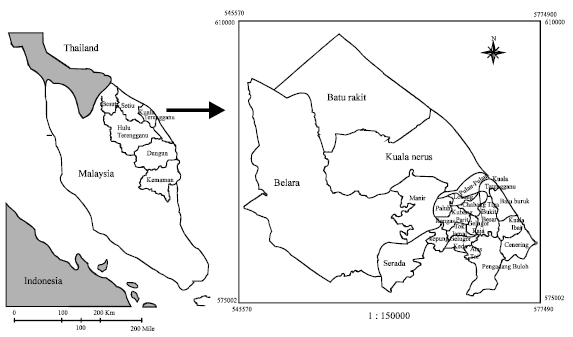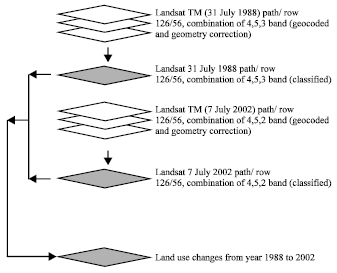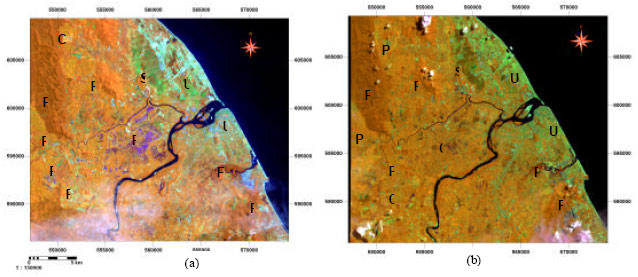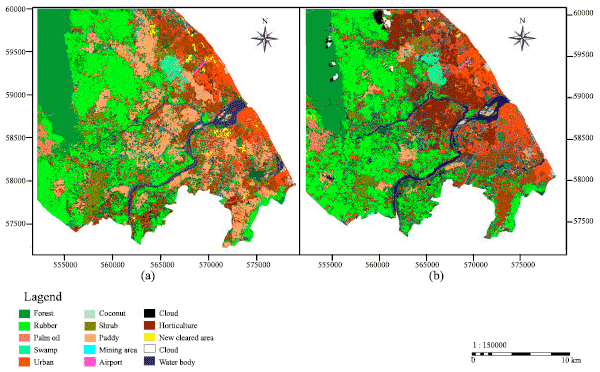Research Article
Detection of Usefullness of Integrating Remotely Sensed Data (Landsat TM) with GIS
1Fakulti Sains Pertanian dan Makanan, Universiti Putra Malaysia, Kampus Bintulu, Jalan Nyabau, P.O. Box 396, Sarawak, Malaysia
H.A. Jumaat
Pusat Pengajian Sains Sekitaran and Sumber Alam, Universiti Kebangsaan Malaysia, 43600 Bangi Selangor, DE
M.A. Juhari
Pusat Pengajian Sains Sekitaran and Sumber Alam, Universiti Kebangsaan Malaysia, 43600 Bangi Selangor, DE
A.R. Sahibin
Pusat Pengajian Sains Sekitaran and Sumber Alam, Universiti Kebangsaan Malaysia, 43600 Bangi Selangor, DE
Hafiza A. Hamid
Pusat Pengajian Sains Sekitaran and Sumber Alam, Universiti Kebangsaan Malaysia, 43600 Bangi Selangor, DE
Ramlan Bin Omar
Pusat Pengajian Sains Sekitaran and Sumber Alam, Universiti Kebangsaan Malaysia, 43600 Bangi Selangor, DE
Gire Kibe Gopir
Pusat Pengajian Sains Sekitaran and Sumber Alam, Universiti Kebangsaan Malaysia, 43600 Bangi Selangor, DE
Jumat Salimon
Pusat Pengajian Sains Sekitaran and Sumber Alam, Universiti Kebangsaan Malaysia, 43600 Bangi Selangor, DE
Barzani Qasim
Pusat Pengajian Sains Sekitaran and Sumber Alam, Universiti Kebangsaan Malaysia, 43600 Bangi Selangor, DE














